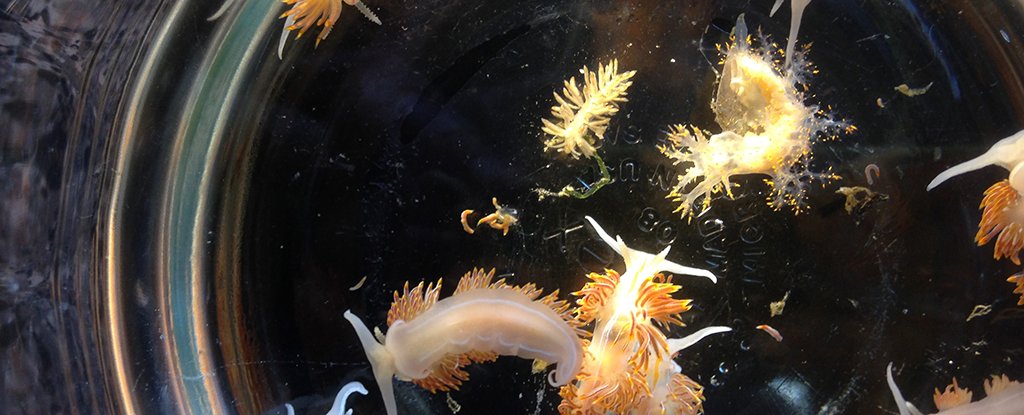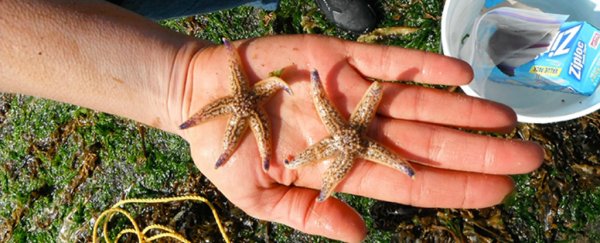New research shows that nearly 300 species of coastal creatures were carried across the Pacific Ocean in the wake of the 2011 earthquake and tsunami, with some organisms making a journey of more than 7,000 kilometres (4,350 miles) across the waves from Japan to the United States.
This unprecedented migration was made possible by the natural disaster and a very modern problem – plastic waste and other debris floating in the sea were used to hitch rides on by the marine species.
Using these makeshift rafts, entire communities of critters travelled from the coasts of Japan to Hawaii, Alaska, California, and other locations, according to the research team, who say nothing like it has been seen before in recorded history.
"I didn't think that most of these coastal organisms could survive at sea for long periods of time," says one of the researchers, Greg Ruiz, from the Smithsonian Environmental Research Centre.
"But in many ways they just haven't had much opportunity in the past. Now, plastic can combine with tsunami and storm events to create that opportunity on a large scale."
 John Chapman/Oregon State University
John Chapman/Oregon State University
The tsunami was caused by a 9.0 magnitude earthquake that struck on 11 March 2011, creating waves of up to 40.4 metres (132.5 feet). Not only did that cause devastation inland, it swept millions of pieces of debris out to sea.
Scientists have been discovering organisms stuck to these objects – from crates to plastic cups – on the shores of the US ever since. A total of 289 different species from 16 phyla or classifications were found between 2012 and 2017.
As the man-made plastics, including fibreglass, had been designed to resist decomposition, the ocean-crossing rafts were easily able to survive six years at sea.
"There's an increasing load of plastic and microplastics at sea that are thought to have significant consequences for biology and ecology," says Ruiz. "This is one other dimension and consequence of plastics and man-made material that deserves attention."
Mussels and other molluscs were the most common type of invertebrates discovered by the researchers, who also found worms, hydroids (related to sea anemones and jellyfish), crustaceans and bryozoans.
These types of creatures can't normally survive away from the coasts, but scientists think the slow-moving debris (sailing at 1 or 2 knots rather than the 20+ knots of commercial ships) gave them enough stability to survive and breed.
None of these species have established proper colonies in the US yet, but that can take time, the researchers say. In total nearly two-thirds of the species had never been seen on the west coast of North America before.
By the end of the study, 634 pieces of debris had been analysed, and the researchers say it's likely that many more travelling species have gone undetected.
As astounding as the coast-to-coast trip is, the team is keen to point out the environmental damage we're doing by using the oceans as a garbage dump: we might not be able to stop earthquakes, but we can cut down on plastic waste.
And we don't know yet whether these newly landed organisms will be beneficial or harmful to the environments and ecosystems they're barging into.
That said, we can be both horrified by the devastation caused by the tsunami and the clutter in our oceans, as well as fascinated by these hardy ocean explorers who made it from one continent to another over the course of several years.
"This has turned out to be one of the biggest, unplanned, natural experiments in marine biology, perhaps in history," says one of the team, John Chapman from Oregon State University.
The research has been published in Science.
